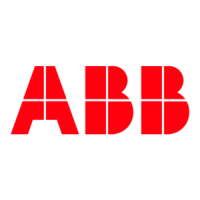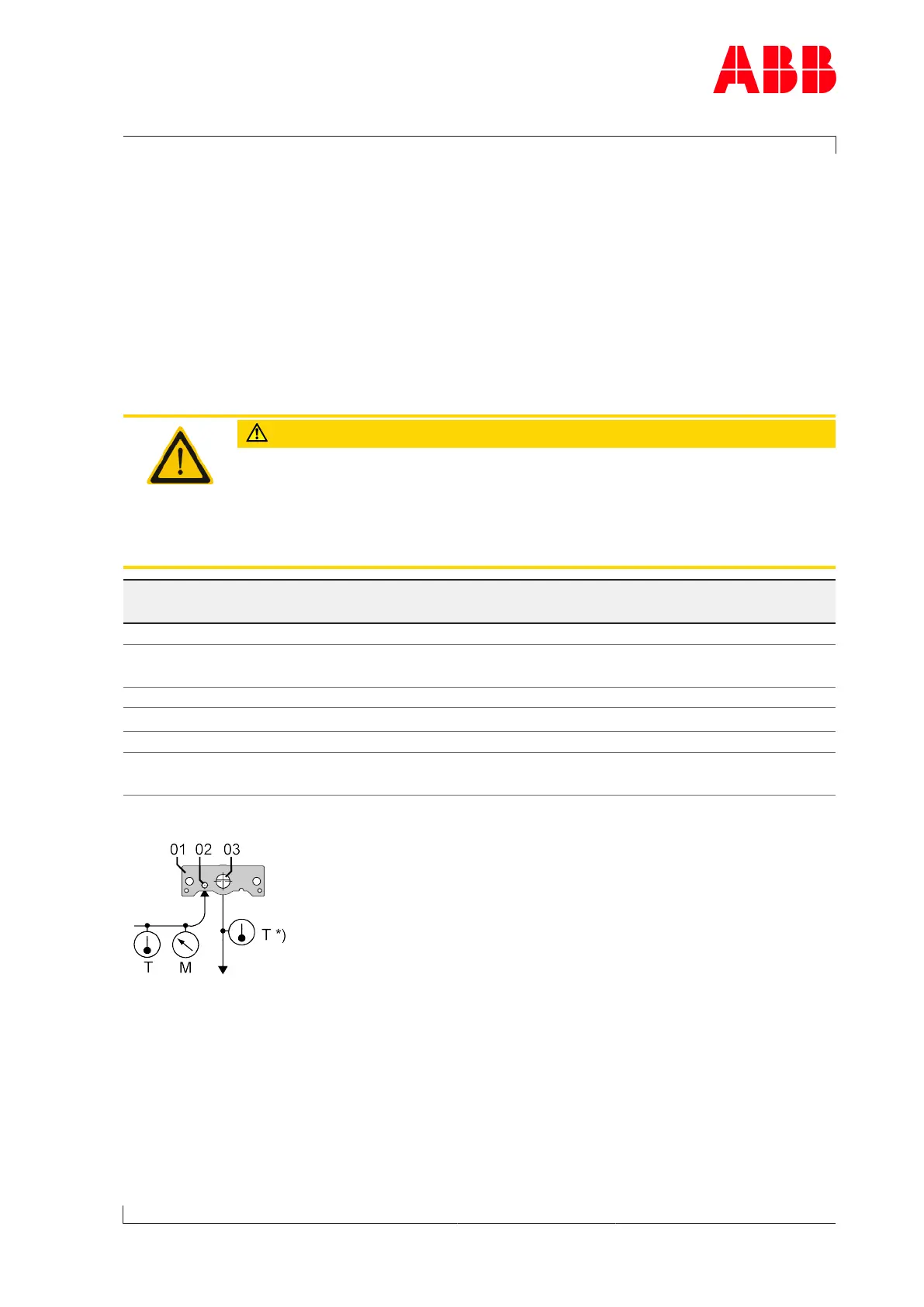
 Loading...
Loading...
Do you have a question about the ABB A130-H57 and is the answer not in the manual?
| Brand | ABB |
|---|---|
| Model | A130-H57 |
| Category | Battery Charger |
| Language | English |
Basic information about the turbocharger and document applicability.
Lists trademarks of external companies used in the document.
Lists related ABB operation manual document numbers.
Explains the main components and operational principles of the turbocharger.
Details the locations and importance of warning plates on the turbocharger.
Describes where the rating plates are located on the turbocharger.
Introduces safety aspects and potential risks associated with turbochargers.
States compliance of ABB turbochargers with the Machinery Directive 2006/42/EC.
Explains the meaning and use of mandatory safety signs for PPE.
Defines the meaning of WARNING and CAUTION safety instructions.
Specifies the correct application of turbochargers and unapproved uses.
Discusses the turbocharger's tolerance to deflagration events in gas engines.
Details the placement, importance, and replacement of warning plates.
Explains the information presented on the turbocharger rating plate.
Outlines the procedure for periodic checks of pressure vessels used by ABB.
Provides safety guidelines and procedures for lifting turbocharger components.
Lists requirements for personnel and conditions for safe operation and maintenance.
Details hazards like noise, hot surfaces, rotating parts, and electrical installations.
Covers safety during commissioning, operation, and electrical installations.
Provides guidelines for safe maintenance, including occupational safety and risk prevention.
Basic information about the turbocharger and document applicability.
Explains the main components and operational principles of the turbocharger.
Details the locations and importance of warning plates on the turbocharger.
Describes where the rating plates are located on the turbocharger.
Covers turbocharger weight, transportation, removal, installation, and storage.
Details oil supply, inspection procedures, and re-commissioning steps.
Covers monitoring oil pressure, temperature, exhaust gas temp, and speed.
Discusses noise, service tasks, replacement intervals, and engine stopping.
Covers foreword to maintenance and mechanical cleaning procedures.
Addresses malfunctions during start-up, operation, stopping, and speed measurement.
Provides detailed procedures for dismantling, fitting, and measuring clearances.
Covers emergency repairs, installing replacement turbochargers and cartridge groups.
Procedures for mothballing the turbocharger for short and extended engine downtime.
Guidelines for environmentally compatible disposal of turbocharger parts.
Information on ordering spare parts and customer spare part sets.